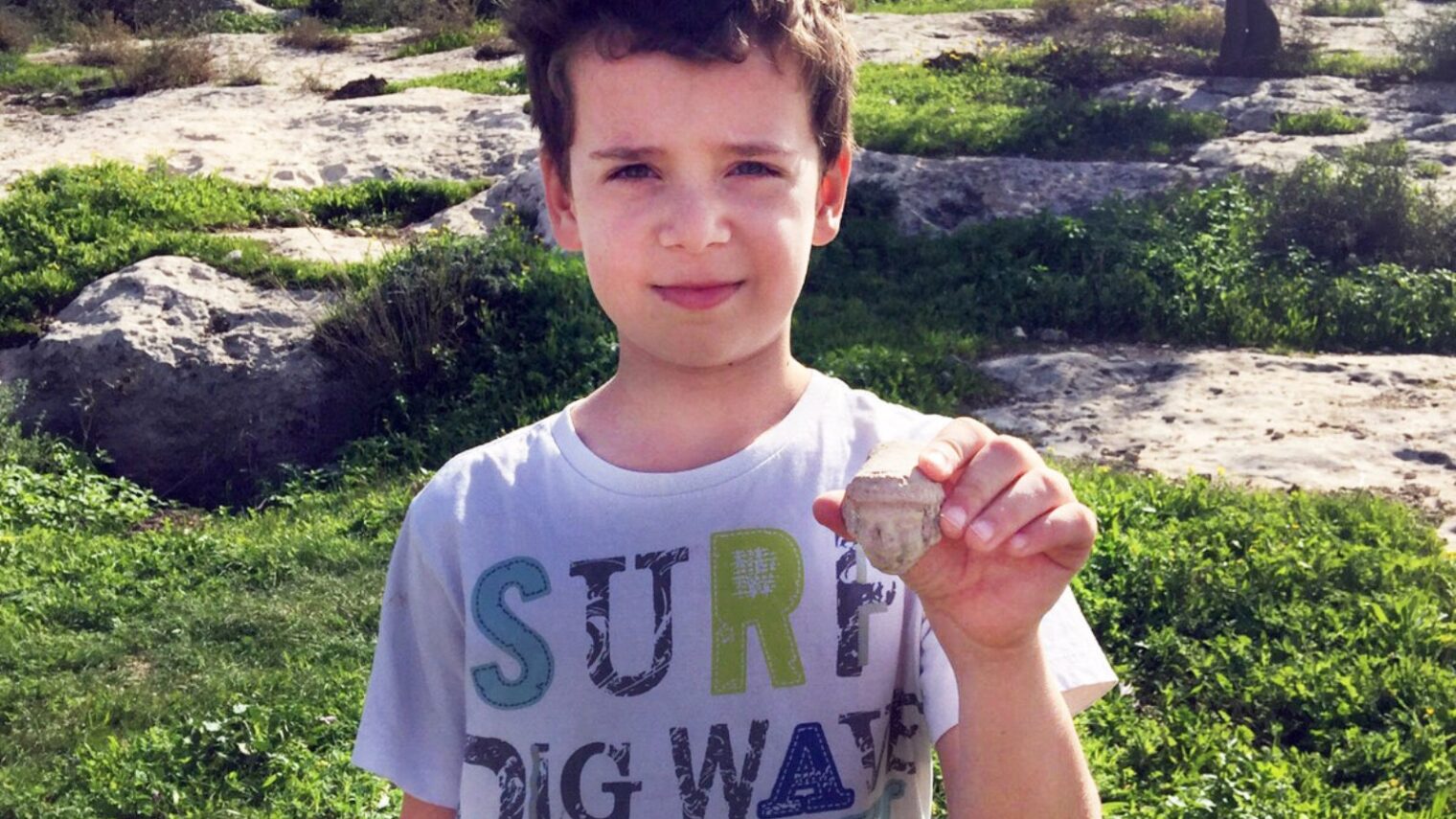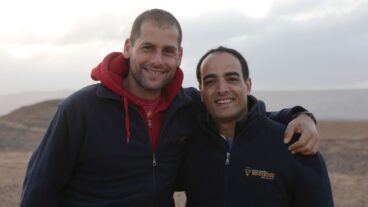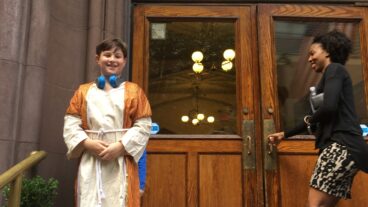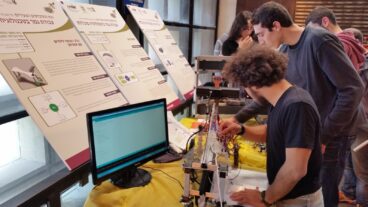Essential Question: How should one be rewarded for doing the right thing?
The worldwide press is calling him “the young Indiana Jones,” but eight-year-old Itai Halperin of the central Israeli town of Pardesiya* was not intentionally digging for relics when he came across the ancient head of a fertility goddess figurine. He was simply out for a November nature walk with his family near Tel Beit Shemesh*.
Because Itai did the right thing and turned over his find to archaeologist Alexander Glick of the Israel Antiquities Authority (IAA), he and his class will now have the privilege of participating in a real dig and touring the IAA archive. He also got a certificate of honor for good citizenship.
Itai told Glick that he had recently watched Raiders of the Lost Ark, the first in the Indiana Jones film series about a swashbuckling archeologist seeking ancient Israelite treasures, and that he hopes to be an archeologist when he grows up.
Alon de Groot, an IAA expert on the Iron Age, identified the find and dated it to the Iron Age, roughly corresponding to the First Temple period in ancient Israel, from the 10th to sixth centuries BCE.
“Figurines of this kind, depicting naked women symbolizing fertility, were common in the homes of residents of the kingdom of Judah from the eighth century BCE until the destruction of the kingdom by the Babylonians in the days of Zedekiah (586 BCE),” he said.
The ceramic statuette head helps the IAA determine the borders of the area controlled by the kingdom of Judah, de Groot added.
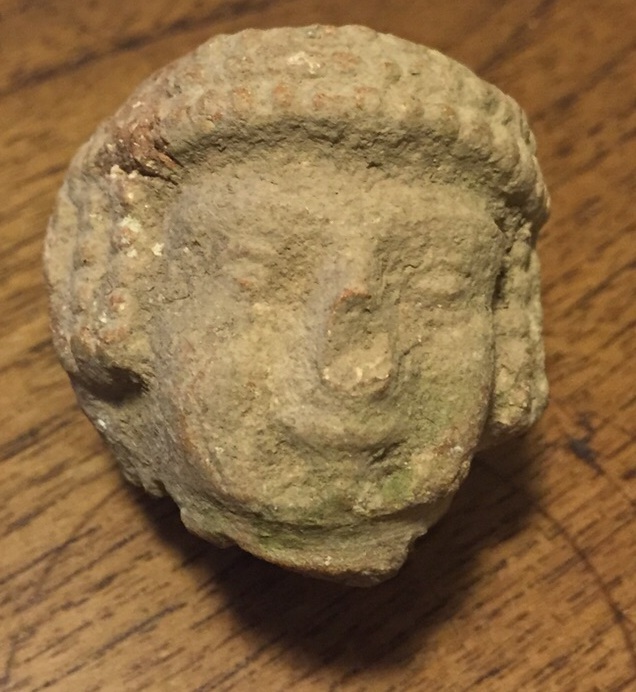
During the Iron Age, Tel Beit Shemesh was a large thriving Judean city and a major industrial center, said IAA archeologist Anna Eirich. It was attacked by the Assyrian army in 701 BCE and was later destroyed by the Babylonians the same year they demolished the First Temple in Jerusalem about 20 kilometers to the east.
Tel Beit Shemesh has been excavated extensively, starting in 1911. From 1990 to 2000, excavations were held every summer by a team from Tel Aviv University headed by archeologists Zvi Lederman and Prof. Shlomo Bunimovitz. But the fertility goddess head was overlooked until this November, when young Itai found it poking out from the ground in front of his feet.
*Pardesiya – is a small town close to Netanya.
*Tel Beit Shemesh – was an important Biblical city during the Israelite and Caananite periods. You can learn more about this important site here.




